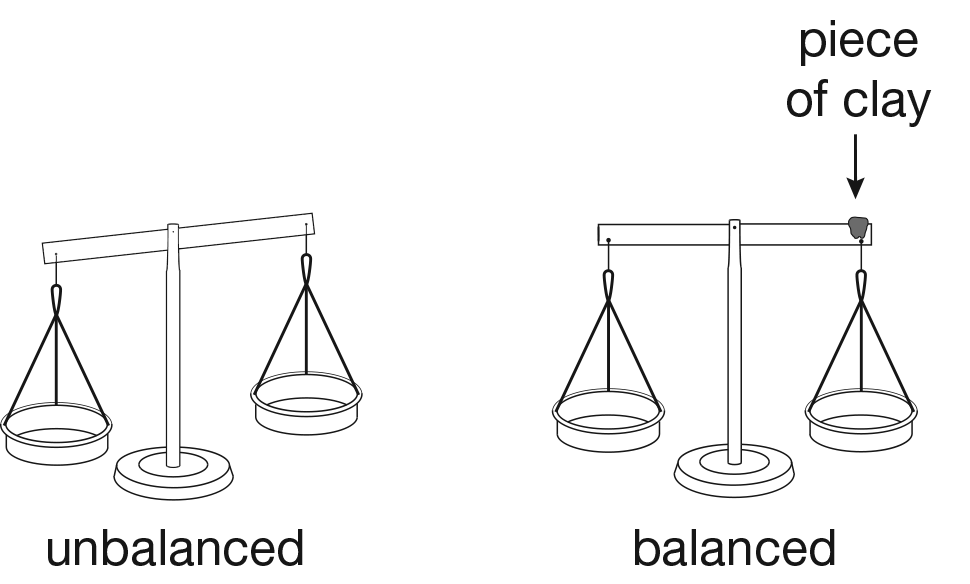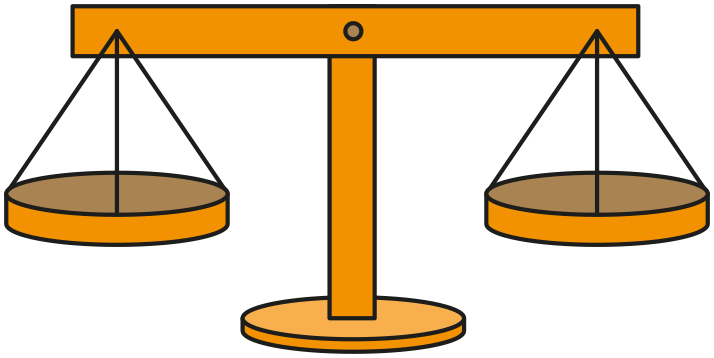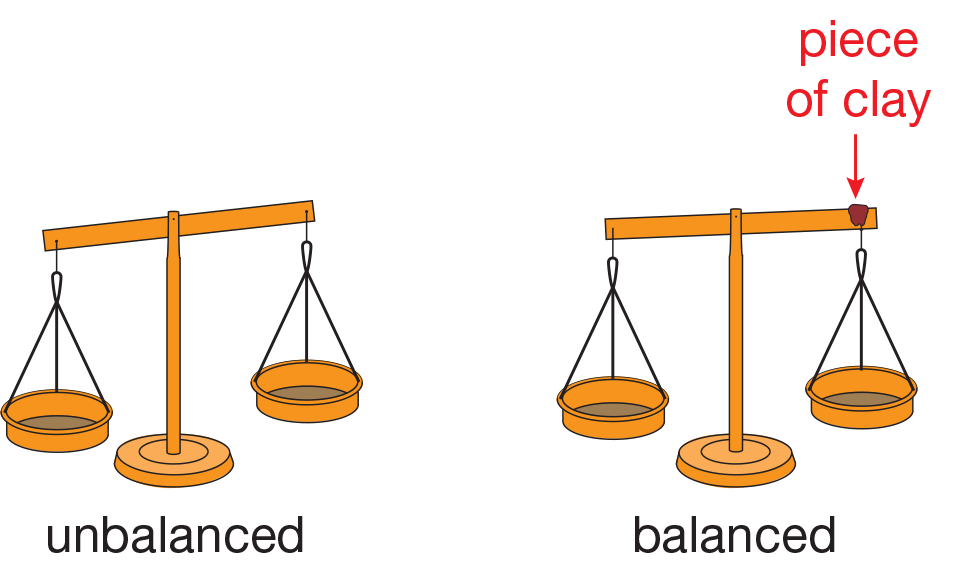|
|
Daily Practice and Problems |
Lesson |
Homework |
Assessment |
Student Books |
Student Activity Book |
|
|
|
|
Teacher Resources |
Teacher Guide - digital |
|
|
|
|
Supplies for Student Pairs
two-pan balance
small piece of clay
1-inch wood sphere
1-inch glass sphere
12-inch steel sphere
1 connecting cube
small container to hold spheres and connecting cube
Materials for the Teacher
Display of
Analyze Masses
(Student Activity Book) Page 389
Unit 8 Assessment Record
Math Facts Class Record
two-pan balance
small piece of clay
1-inch wood sphere
1-inch glass sphere
12-inch steel sphere
1 connecting cube
small container to hold spheres and connecting cubes
variety of objects (crayon box, eraser, connecting cubes) for optional targeted practice. See Materials Preparation.
Materials Preparation
Prepare Two-Pan Balances. Assemble the two-pan balances, if necessary. Have students zero the two-pan balance
to help them understand how this measurement tool works. Demonstrate how to zero the balance by placing
a small piece of clay on the high end of the arm to make it level as shown in Figure 1. Have student pairs zero their
balances. Through trial and error, they will find the proper amount of clay needed. Allow time for students to explore
the two-pan balances before beginning the lesson.

Figure 1: Using clay to zero a two-pan balance
Content Note
The two-pan balance is a measurement tool used to compare the mass of objects. When an object is placed in each pan, the pan
containing more mass moves down. If two masses are equal, the pans balance, and the arm of the balance comes to rest in a
horizontal position. To work correctly, the balance arm should be horizontal when both pans are empty.
Gather and Organize Objects for Pairs. For each student pair, place 1 steel sphere, 1 glass sphere, 1 wood
sphere, and 1 connecting cube in a small container, such as a bowl.
TIMS Tip
This activity is based on the manipulatives listed above. If you use other objects, the questions on the Student Activity Book pages
will need to be modified.
Prepare Optional Targeted Practice. Place a two-pan balance, various objects, and copies of the
Compare Objects
Master in a center for targeted practice. Students will use the two-pan balance and the symbols
(> or <) to compare the masses of objects. For example, connecting cube < glue bottle.




















